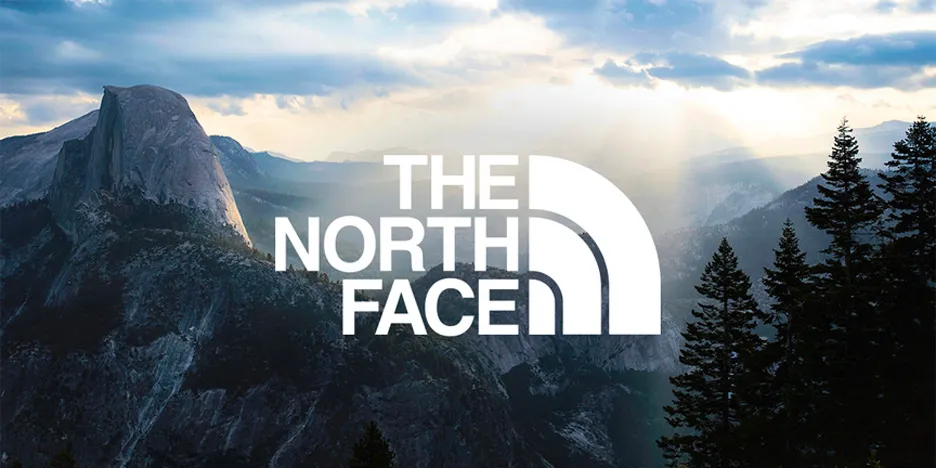
A few years back, we were prospecting a new client who wanted to take their product to market. Like most entrepreneurs/inventors, he was extremely passionate and highly persuasive after we spent an hour hearing about his product. We left the meeting with a good rapport and plans to follow up in a week or two with a presentation on how we would brand and market their product—which we felt had potential.
What was planned to be a normal discovery, proposal, and execution process turned out to be a series of emails, phone discussions, and follow-up meetings that became an outright argument for our recommendation to develop a strong brand strategy and position in his intended market.
The client, however, had a different vision. They proposed a more aggressive approach: a swift entry into the market with an infomercial and ad campaign. This strategy, they estimated, would cost them a staggering $100,000 to produce, not including the media buy. The problem was that this was an expensive RV product with a considerable buyer journey. Years of experience have convinced me that every product or service needs to develop a brand strategy before going to market to succeed. Everything is a brand, whether it’s a cheesy product like the Snuggy, My Pillow, or a weight loss product.
A brand is your feelings about a product, service, or person—both good and bad.
Without understanding the brand, any business risks placing its investments on the precipice of failure or mediocrity.
In this article, I will share my insights from 25 years of experience in branding and marketing. I aim to provide guidance to business owners and marketers who are looking to build their own brand and to help them understand the brand costs involved in the process.
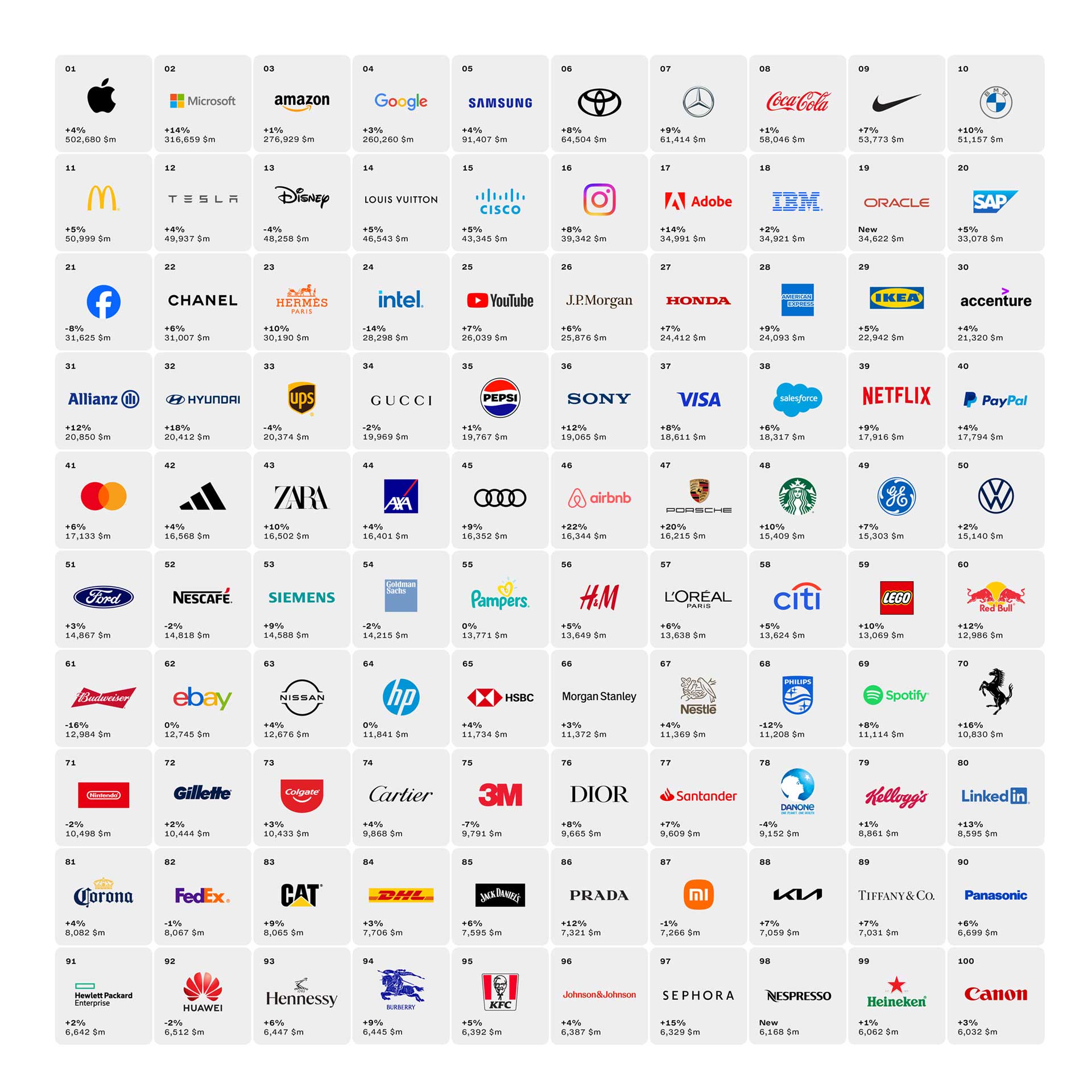
Top 100 Brands Source: Interbrand
How much does a Fortune 100 brand cost?
As of today, Apple’s market cap is around 2.7 trillion. Its brand cost is worth $502 billion, according to Interbrand. On the balance sheet, Apple’s brand value is listed as $502 billion, representing over 18% of the company’s market value, making it the world’s most valuable brand.
Think about it – $502 billion in real dollar value – this does not include their stores (bricks and mortar), inventory, equipment, factories or people, etc. – but rather the economic power of the Apple name and what it stands for – the power to think differently. For revolutionizing the way we work, play, and communicate—and for mastering the ability to surprise and delight—Apple has set a high bar for aesthetics, simplicity, and ease of use that all other tech brands are now expected to match, and that Apple itself is expected to exceed continually.
The total intangible brand value on the balance sheets of the companies that own the world’s top 100 brands is more than $4 trillion!* But this is not just about mega companies. This is about building intangible brand value in any size company or organization – building the power to differentiate your brand with such clarity of competitive value that selecting your brand over others is an easy choice. (Source: Fortune)
How long does it take to build a brand?
The answer lies in the importance, need and positioning of the product to solve a very real problem. Brands like McDonalds, Disney, Coca-Cola, Nike and Microsoft took many years to build – where brands like Google, iPhone, and Facebook took only 1-3 years. No one knows exactly how many millions of dollars were spent on advertising and other business activities, but the fact is if you have a product or service that is truly unique — that essentially creates a new category — and solves a problem that everyone on the planet has, chances are you could build a multi-million or billion dollar brand very fast.
How do I build a brand?
For the rest of us – the iPhones, Googles and Facebooks don’t happen every day. The biggest future opportunities right now are in the space economy, healthcare, the environment and AI. That is why we advocate for companies looking to grow that they first consider the following brand development process:
- Product-Market Fit – Does your product or service solve a definite problem with a large enough market to create a business? Is the timing right? Does your product or service offer a large improvement on a current solution?
Category Re-Defining Examples:
Blockbuster Video > Netflix
Taxis > Uber
Arcade Games > Xbox
Retail Shopping > Amazon
- Positioning – Define your brand’s purpose, mission, vision, values and goals. Then use this information to find the “whitespace” in your market where you can stand apart from your competitors.
- Customer Persona and Buyers Journey – Get as detailed as you can about who exactly you’re helping. If you know your customer inside and out you’ll be able to connect at an emotional level that will make your brand unbreakable.
- Clear Messaging – With all the clutter, noise and distraction in the marketplace, it’s more important to be clear—than cute or clever. Utilizing storytelling in your messaging is a great way to keep your customers; attention.
- Creative Implementation – Design your name, logo, website, packaging and other marketing collateral around your personas, positioning and messaging. What will resonate with them and achieve adoption into their self identities?
- Brand Marketing: Now drive your brand message through consistent marketing tactics over time like Meta advertising, inbound marketing, SEO, social media, email marketing, and influencers over and over again till you begin to see awareness and demand for your product or service increase. You can use tools like Google Trends and your SEO tool to monitor progress.
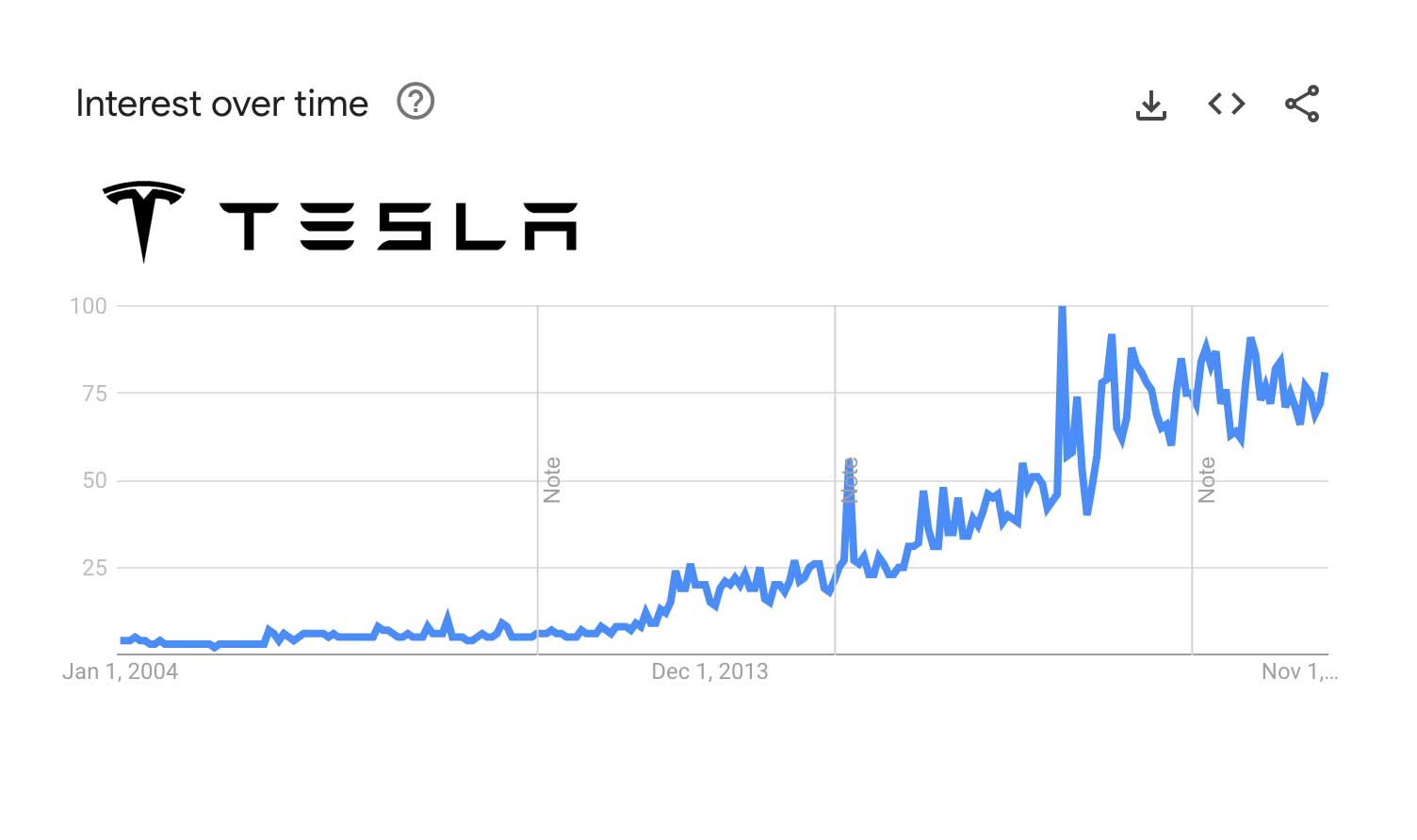
Tesla’s brand growth (by interest)
How much does building a brand cost?
We believe in the brand development process as we have seen what a strong brand can do and how much value it can bring to its customers, brand owners and shareholders.
Typical brand development programs can cost anywhere from $10,000 to $500,000 depending on the size or the stage your company is in. An industry standard for startups is to typically budget 12-15% or more of their initial investment from the onset—while mid-stage to larger companies spend 8% – 10% of total revenues on ongoing marketing/branding.
Other sources says to spend less, but with the increasing competition in the marketplace and unprecedented distraction, I advocate for slightly larger budgets to stand out in the cluttered marketplace. You may find that over time you can spend less on marketing and advertising because the brand you’ve built does all the work.
Today’s consumer behavior demands your brand stand for something. Your brand must stand out from the phonies and make your customers believe that what you offer is authentic, special, unique, and trustworthy. More importantly, your customer must believe your brand can help them transform into something better.
A typical brand development process for a startup looks like this:
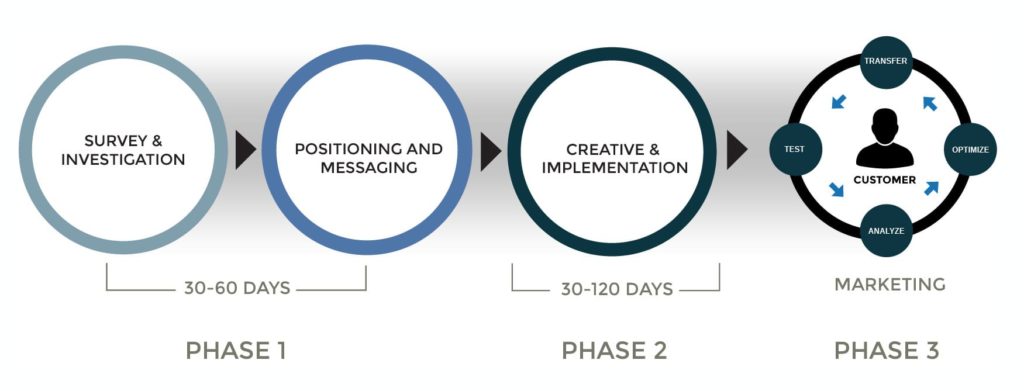
By building a strong brand your business will achieve the following:
- Reduction in turnover costs
- Generate more sales leads
- Acquire more customers
- Attract talent
- Foster innovation
- Enhance your company culture
- Delight your customers
- Makes it easier for the customer to buy
- Makes it easier for the sales team to sell
- Brand clarity spurs employee motivation
- Increases the value of your company over time
- A well-developed brand works for you 24/7
- The brand development exercise creates innovation
- Saves money on future design and advertising costs
- Creates preference which equals profit
In the end, we presented our proposal, shook hands and left knowing the brand development assignment wasn’t going to move forward. I don’t know where this company or product is now, their website is still not live and they have yet to produce the infomercial they so badly wanted.
Most entrepreneurs don’t take the time to adequately understand their audience and develop their brand based on the people who they want to sell to. They put the “proverbial cart before the horse,” only to find out later that they need to spend more money to go back and fix their brand because they didn’t take the time to do it right the first time.
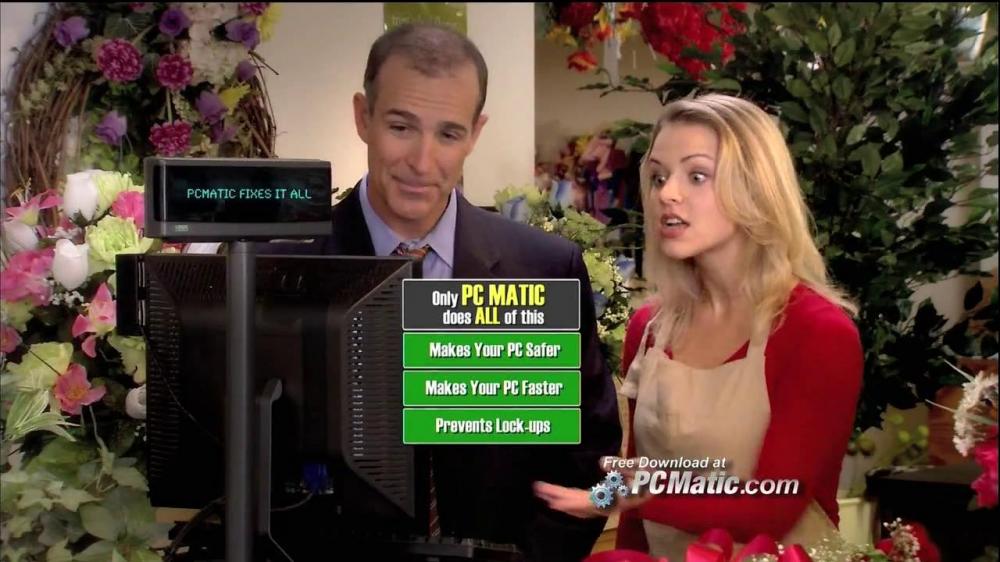
PCMATIC in the early 2000s
Over the years, I’ve watched brands like PCMATIC evolve and back track. Founder and CEO Rob Cheng started PC Matic as a software that improved speed and spent millions on television advertising—only to find out that PC Matic was indeed so much more. Millions could have been saved if PC Matic took the time to understand their brand in the beginning and chart its course. Now they are spending millions again on changing course with their rebrand and ongoing evolution. Now they’re a cyber security company. Today, PCMATIC has found their way and is looking really good.
Brand Cost Conclusion
In today’s cluttered and attention deficit society, developing a strong brand is key to business success. Without establishing brand values, trust and authenticity, you will be just another face in the crowd and spend thousands or millions going in the wrong direction.
Brand costs and building a brand can be complicated to figure out. Get the guidance you need to start off right and avoid costly mistakes. Schedule a call with me, or check out our coaching modules.
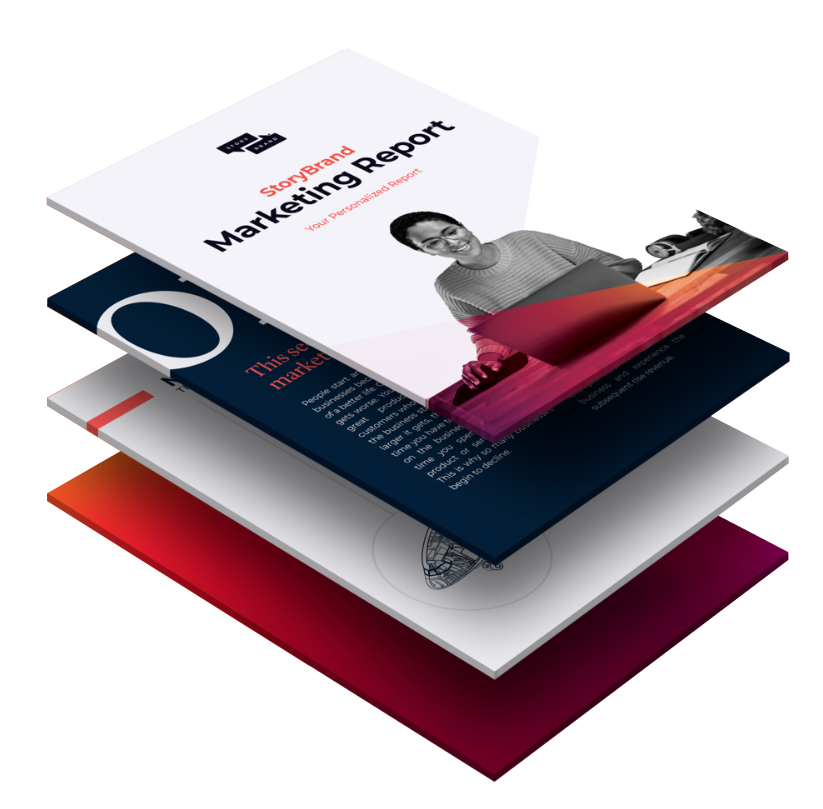
Most businesses don’t have a marketing plan they feel confident in.
We’ve seen it happen to many businesses. You don’t know how to fix your marketing to grow your revenue, so you end up trying idea after idea, hoping something works. In the end, you waste a ton of time and money, all with nothing to show for it.
The StoryBrand Marketing Report gives you a ready-to-go tailored marketing plan that works. Your custom report will guide you through the areas of your marketing that are weak and give you a detailed plan on how to fix it, using the StoryBrand framework that has worked for hundreds of thousands of businesses.




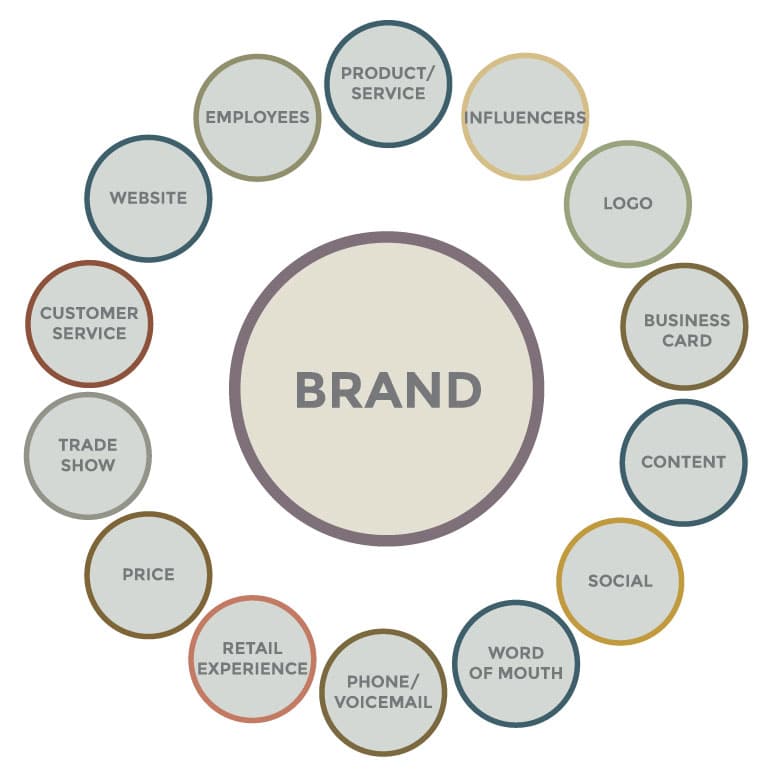
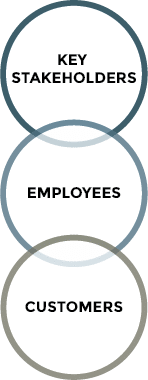 Brand promise – If what you’re promising isn’t being delivered on, then your brand isn’t trustworthy. Today, trust is everything in the age of
Brand promise – If what you’re promising isn’t being delivered on, then your brand isn’t trustworthy. Today, trust is everything in the age of 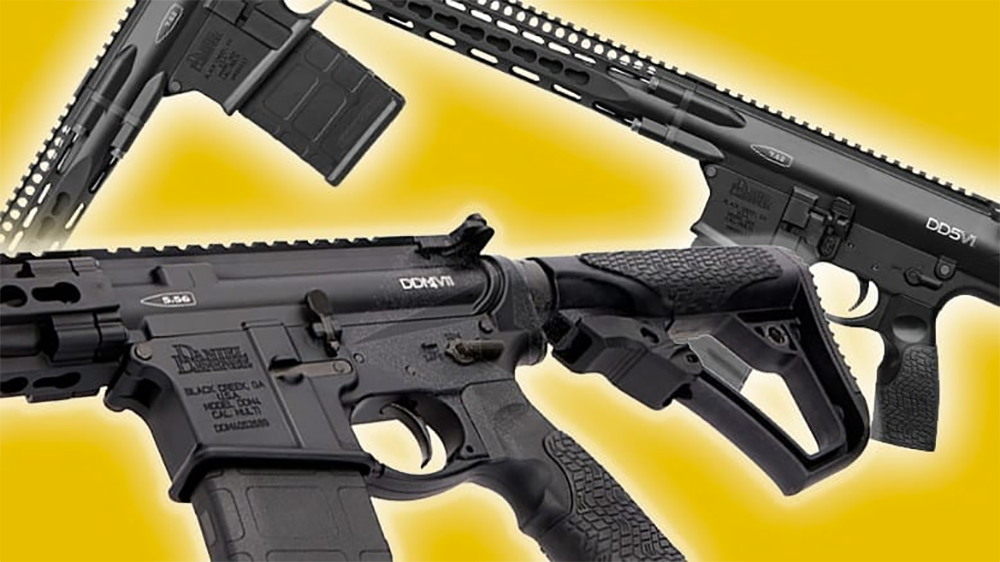
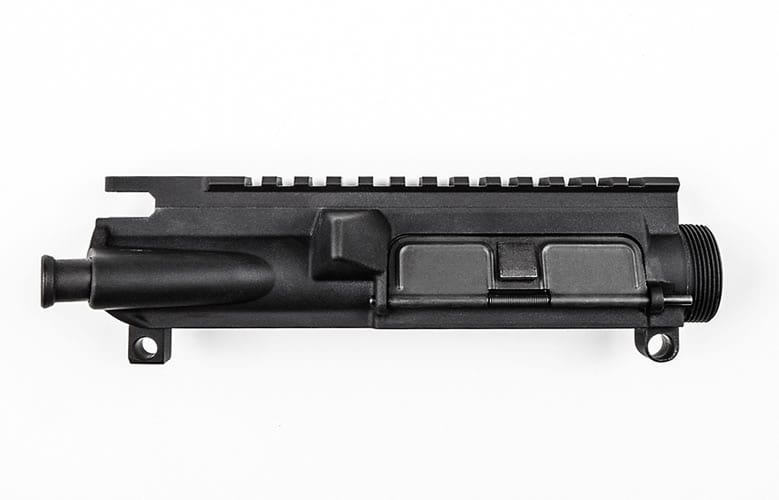
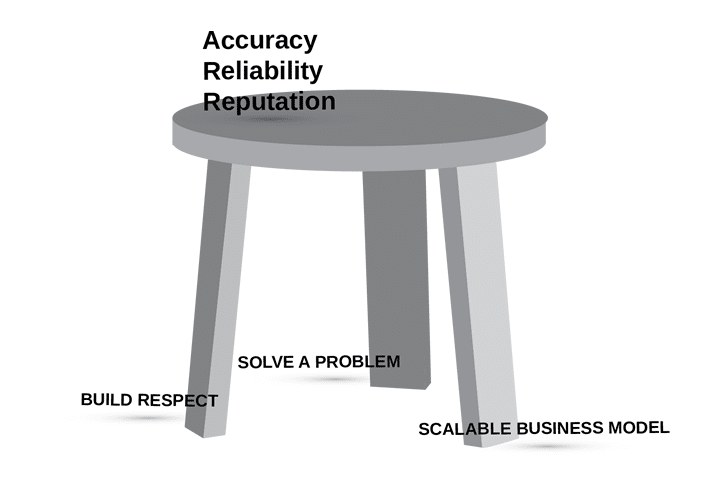
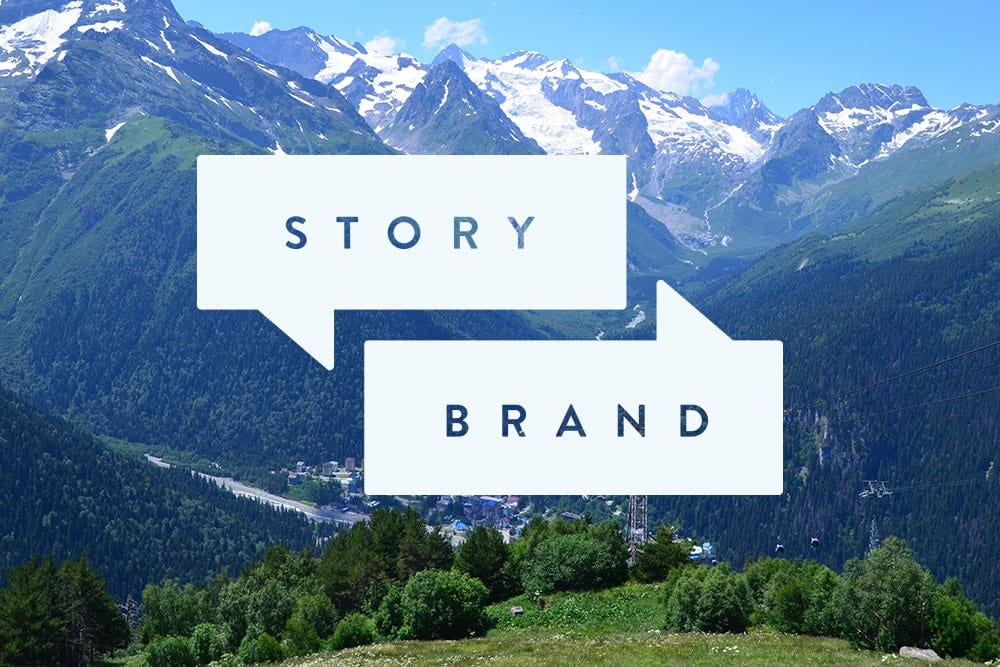
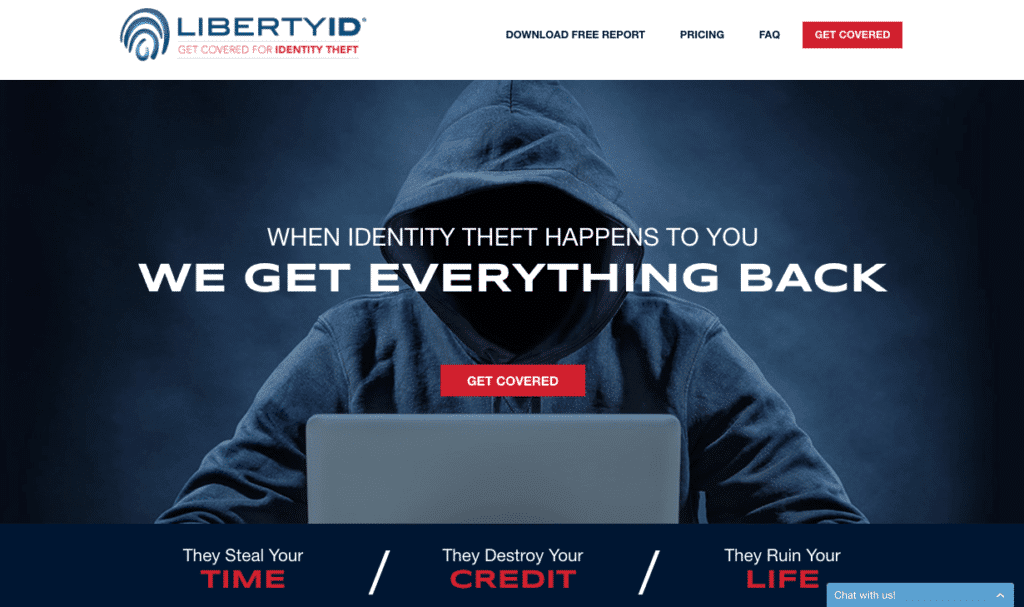
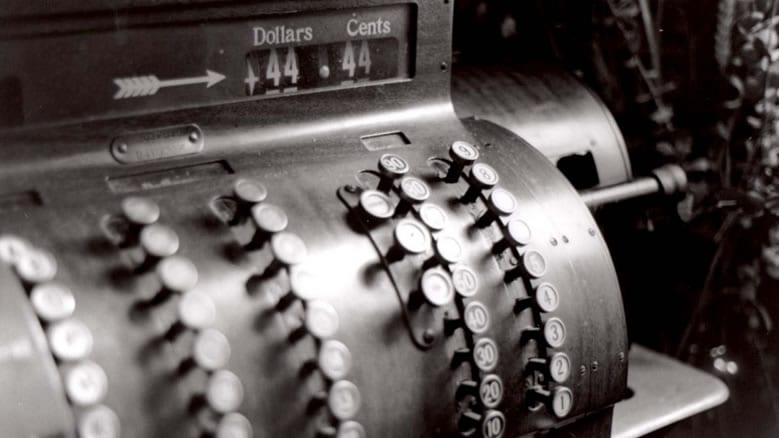
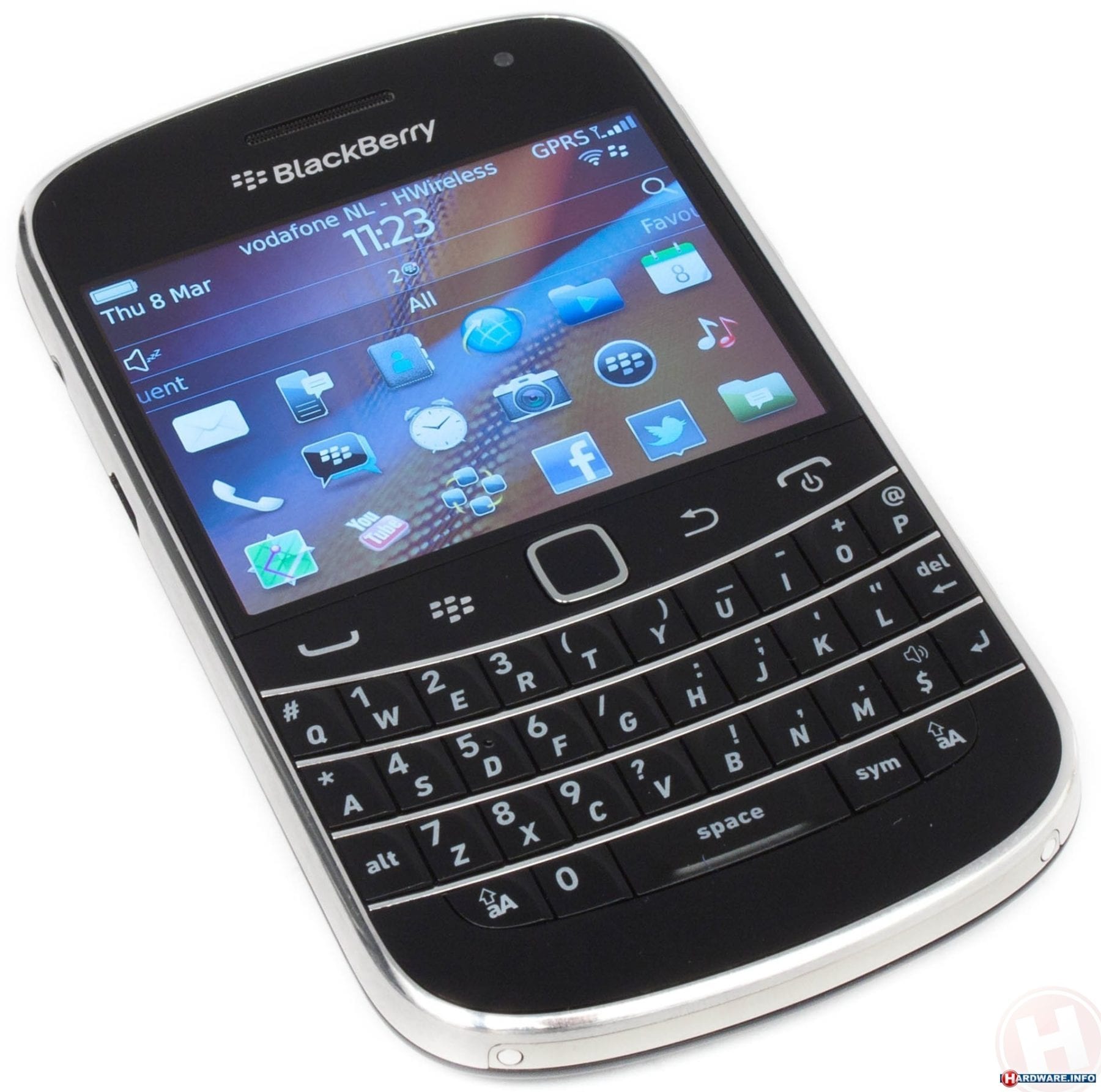
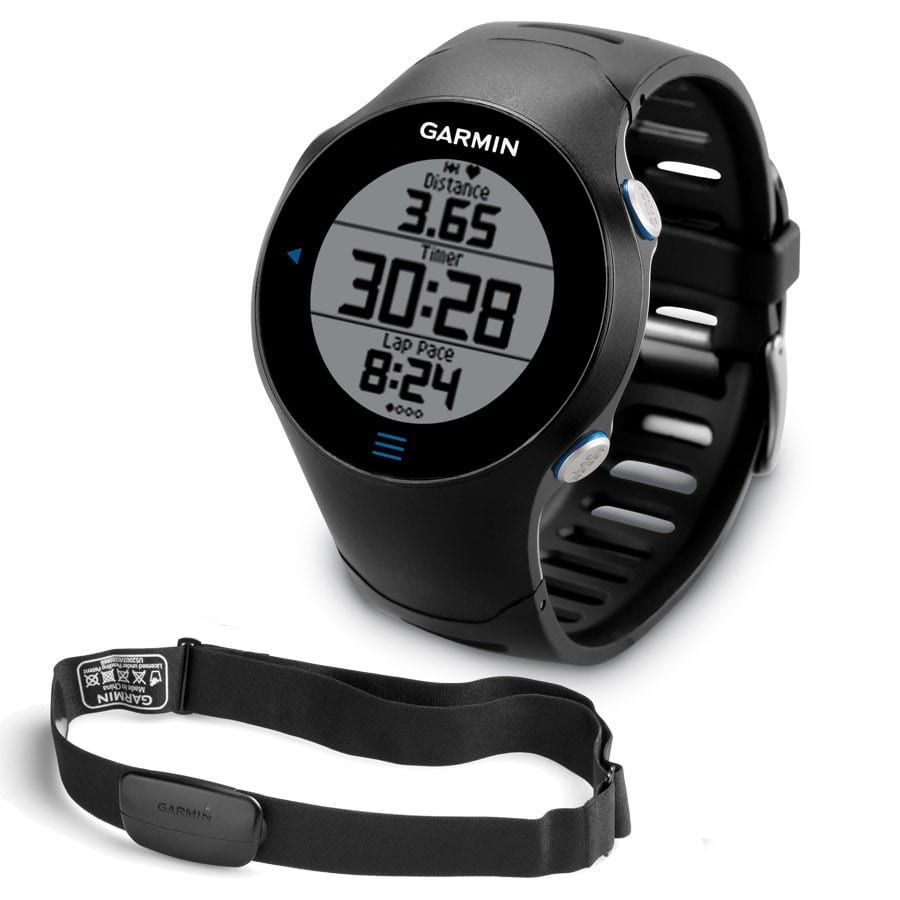
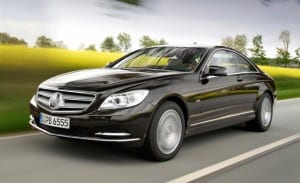 The lesson here is, by investing in
The lesson here is, by investing in 

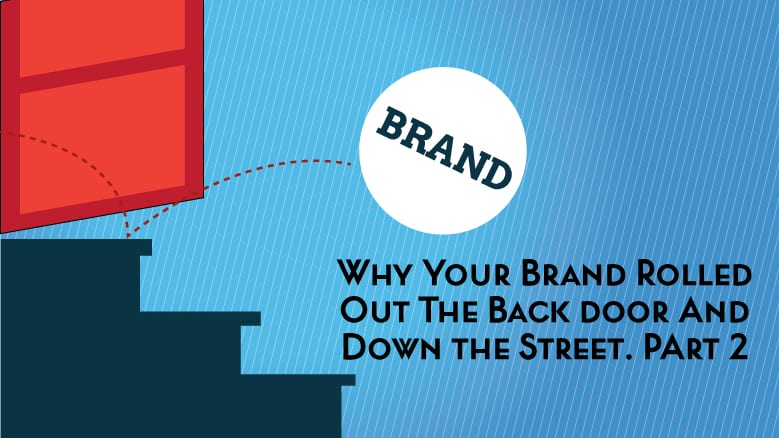
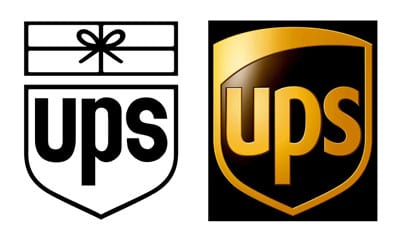 When UPS rebranded in 2007, their television ads showed their old logo changing from the drab 2-dimensional package icon to the more stylized 3-dimensional shield icon for at least a year. Their trucks seemed to be changed over the same amount of time. But who could forget their brilliant whiteboard commercials? They coupled their new branding with a new ad campaign communicating the company’s new positioning and tagline – What can brown do for you? (Which was later changed to We love logistics.)
When UPS rebranded in 2007, their television ads showed their old logo changing from the drab 2-dimensional package icon to the more stylized 3-dimensional shield icon for at least a year. Their trucks seemed to be changed over the same amount of time. But who could forget their brilliant whiteboard commercials? They coupled their new branding with a new ad campaign communicating the company’s new positioning and tagline – What can brown do for you? (Which was later changed to We love logistics.)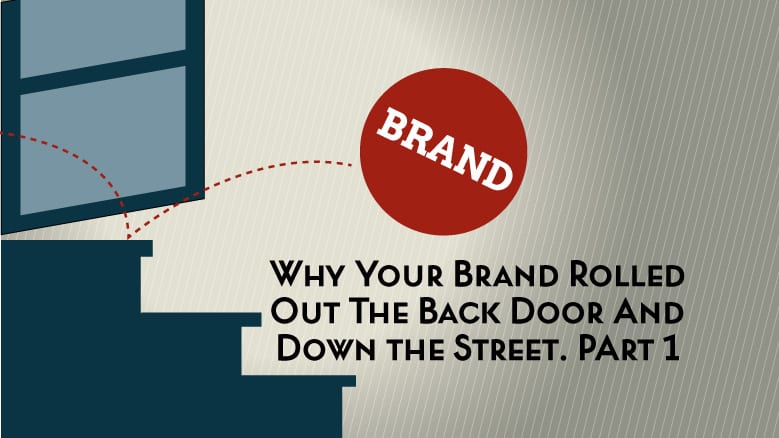
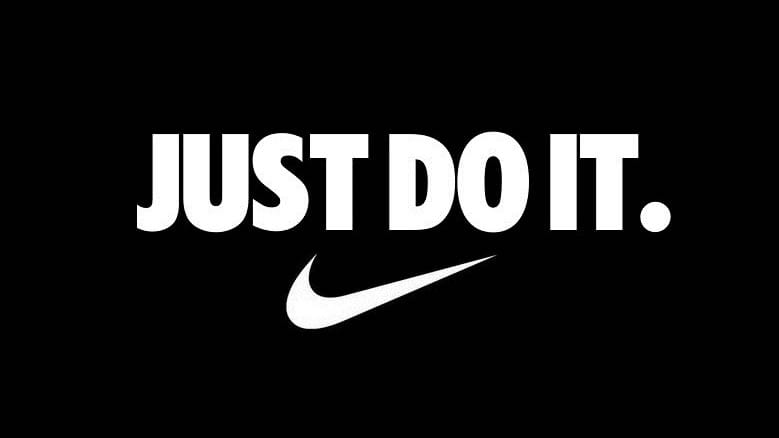

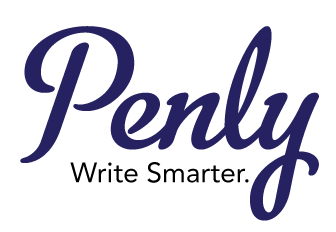
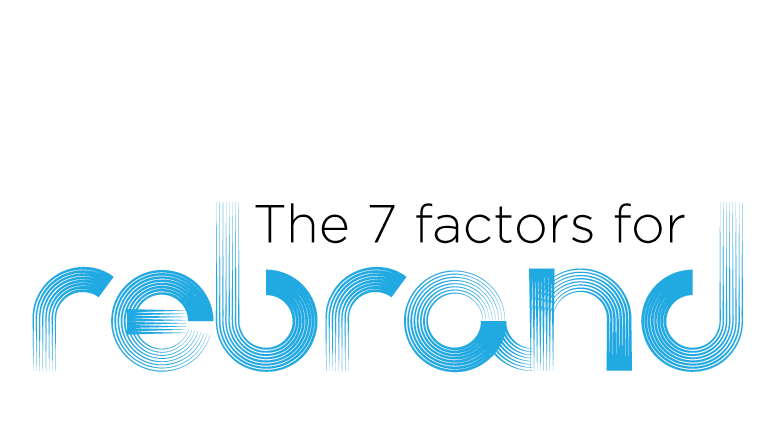
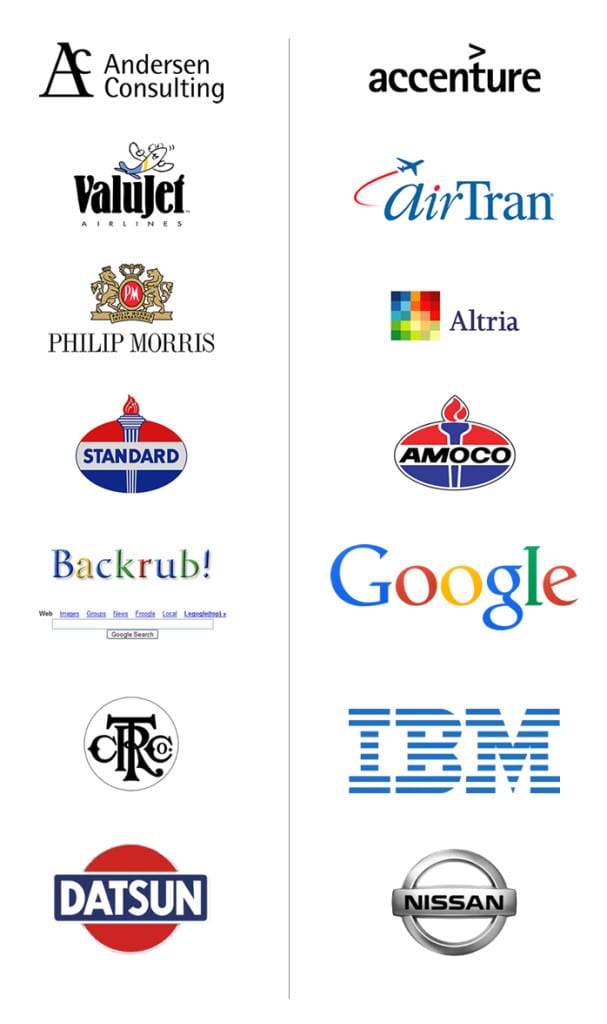


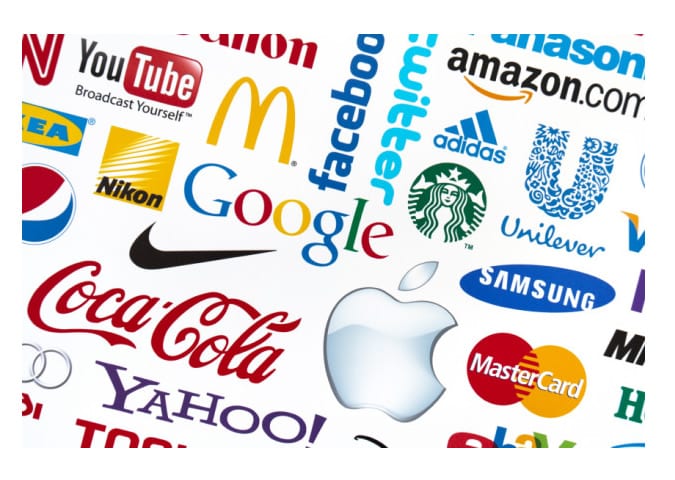
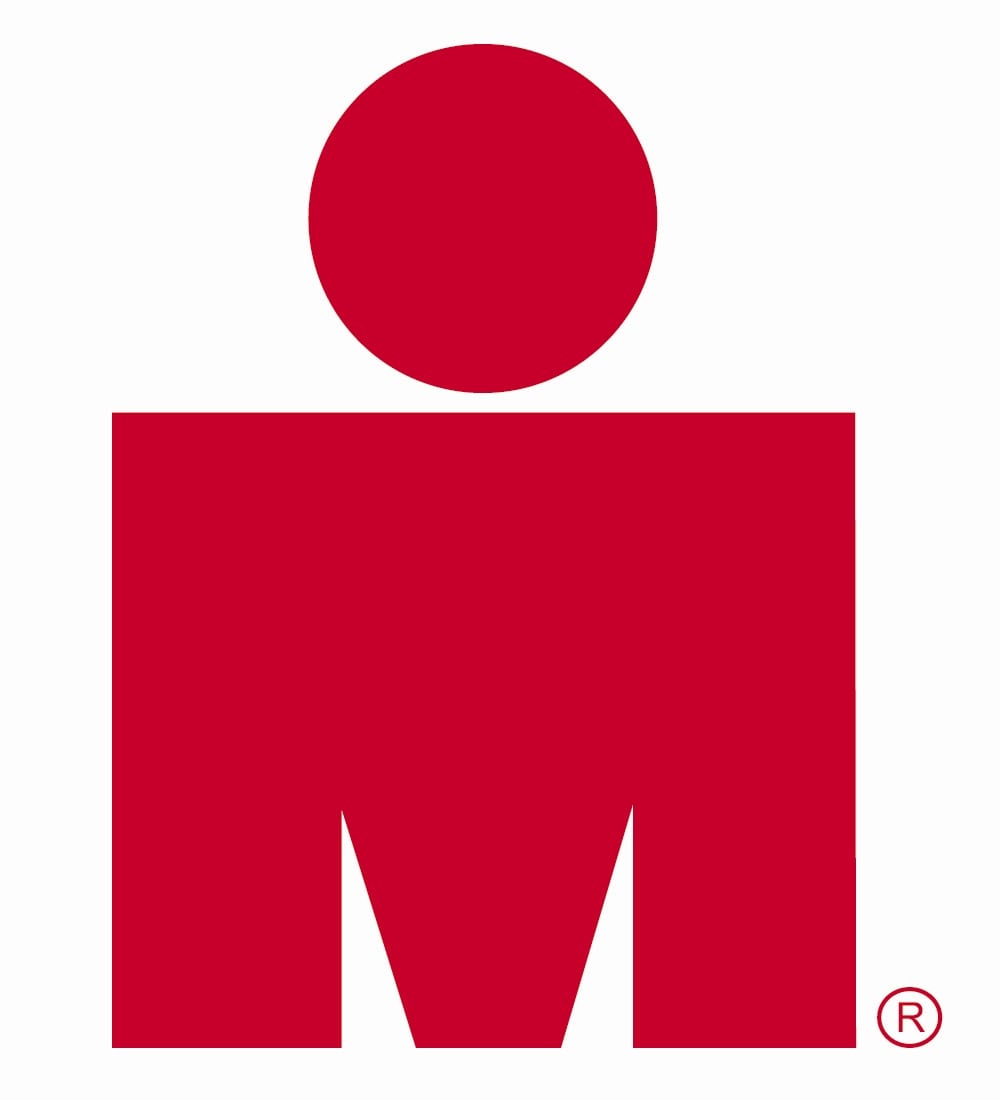
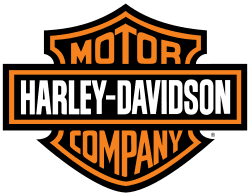
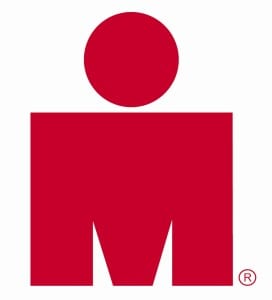 The second example of a company that does this well is
The second example of a company that does this well is